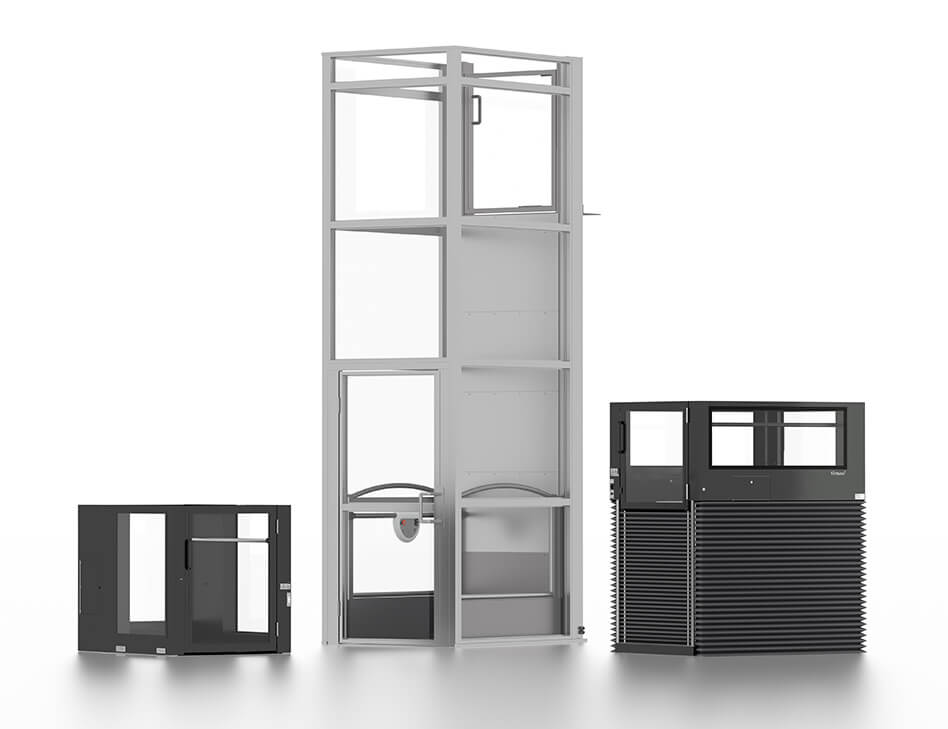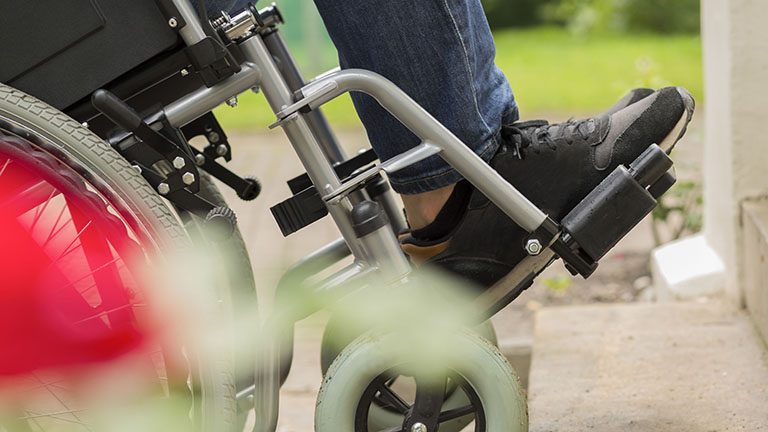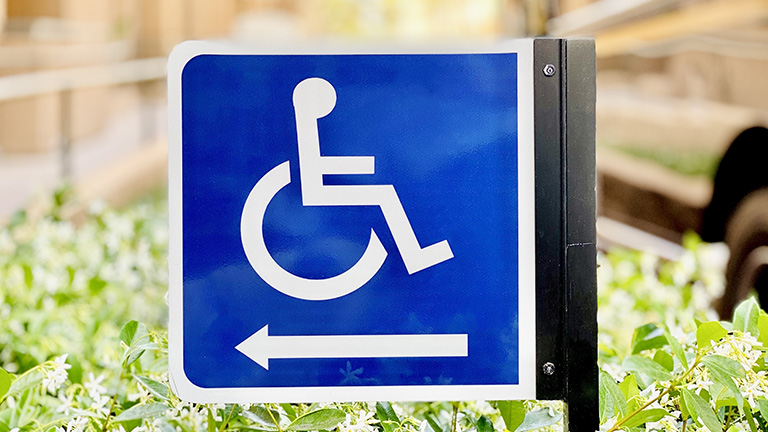Is it better to make a $5,000 accessibility mistake or a $75,000 wheelchair lift investment?
Congratulations! You’ve begun your research for wheelchair lifts! But now you’ve realized you have some questions. If your first question is “How much does a wheelchair lift cost you’re not alone. However, you may not like the answer: “It depends.”
It depends on what’s right for you and your organization. So let’s first take a look at why a particular wheelchair lift might be the right – or wrong – investment for you or your organization.
If you’re anything like me, you want to spend your money wisely. That means saving money on some expenses to have more money available for the things that matter.
What’s in a Roof?
Before we talk about wheelchair lifts, let’s digress for a moment with a story about something more familiar to most of us. Have you ever had to replace a roof?
When I had my roof redone, I could have paid half as much as I finally decided to spend. Why would I do that if a new roof is a new roof is a new roof? Isn’t a shingle a shingle? Who cares about a new roof when I could spend my extra dollars on more important things?
Here’s why: my new roof came with heavy-duty shingles and a 5-year warranty (although I expect it to last much longer than that). The company also used premium lumber to replace any rotten wood they found, and they brought the entire roof back to “new” condition.
For half the price, I could have gotten “economy” shingles and no new wood and a 1-year warranty, just like most other home owners in the neighborhood did to save money with the “bargain” roof job.
By the end of the first summer rainy season, the ”bargain” roofs were already missing shingles (although I guess that first year their installers must have replaced shingles at no charge, and possibly with only minimal delay, most likely showing up exactly when they said they would, and maybe they caused no inconvenience whatsoever). After another rainy season, the same roofs began to look like checkerboards. I hope the initial “bargain” was worth the added cost and inconvenience of replacing those shingles.
On the other hand, after the first rainy season, every single one of my shingles stayed right where it belonged on top of my home.
And now, five years and five rainy seasons later, I still haven’t lost a single shingle. What’s more, I now have money to spend on things I need (or want) when my neighbors had to spend their savings repairing their new roofs… and I expect to keep smiling at my shingles, and to keep using my funds for things other than roof repairs for a good 10 to 15 more years. In my mind, that’s a great investment!
What’s in a Wheelchair Lift?
The same thing holds true for wheelchair lift investments. What do you really get for $5,000 or $20,000 or $75,000?
- For under $5,000, you can get a wheelchair lift that is passable for use in a private home.
- For $10,000-$15,000, you can get a wheelchair lift that begins to meet appropriate standards for use in a public facility.
- For $20,000-$35,000, you should expect to get a wheelchair lift that has some premium features. These may include better aesthetics, longer warranties, more user-friendliness, and so on.
- For $50,000-$75,000 and up, you should expect a custom wheelchair lift with the absolute top of the line in aesthetics, engineering, safety, convenience, longevity, and customer service.
Here are some things that can be key differences between low-end and high-end lifts:
| LOW END | HIGH END | |
|---|---|---|
| DRIVE TRAIN | Screw Drive | Hydraulic Drive |
| WARRANTY | 1 Year | 20 Years |
| APPEARANCE | Industrial | Refined |
| FINISH | Painted | Premium Powder Coating |
| TRANSPARENCY | Sheet Metal | Clear Window Area |
| CONSTRUCTION | Light-Duty Frame | Heavy-Duty Frame |
| PROFILE | Tall Drive Train “Tower” | Low Profile |
| SAFETY | Optional Safety Features | Standard Safety Features |
| NOISE | Loud | Quiet |
| STABILITY | Jittery, Uneven | Smooth, Even |
| CONVENIENCE | Self-Closing Gates | Power Gate Operators |
| CUSTOMER SERVICE | There until you pay your bill | There as long as you own it |
The bottom line is: make the right choice for your needs. If you’re researching for a product or service, make the right choice for your community.
“The right choice” may not be the cheapest choice, and it may not be the most expensive choice… but then again, it might. Consider those things that are important for you: Code compliance? Reliability? Appearance? Noise levels? Safety? Solid construction? User-friendliness? Country of origin? State-of-the-art technology? Customer service?…?
If none of those things matter, then you probably want the least expensive lift you can find. If many of those things matter, then you are moving toward the premium end of the spectrum.
Who do you trust?
Once you know what matters to you, do your research. Speak to someone who is knowledgeable. Sometimes a sales person/product specialist can be a fountain of wisdom for you. You should trust your gut feeling about whether a sales person has your best interests at heart, and you can also look for some important signs. If they listen carefully and ask questions about your needs, if they add to your general fund of lift knowledge, if they discuss pros and cons of products other than what they sell, and if they are willing to take “no” for an answer, you may have found a wonderful guide.
Sometimes finding a disability consultant is the best way to go. Again, you will have to find someone you trust – what kind of reputation does the consultant have? What do past clients say? Are they focusing on your needs?
Ultimately, it may be up to you to become the internal consultant for your organization. When the time comes for you to convey your knowledge to other members of your organization, be sure to give your opinion. Yes, “objective” information is important, but you will have developed valuable opinions during your research.
Your thoughts are extremely valuable, so share your newfound wisdom!



